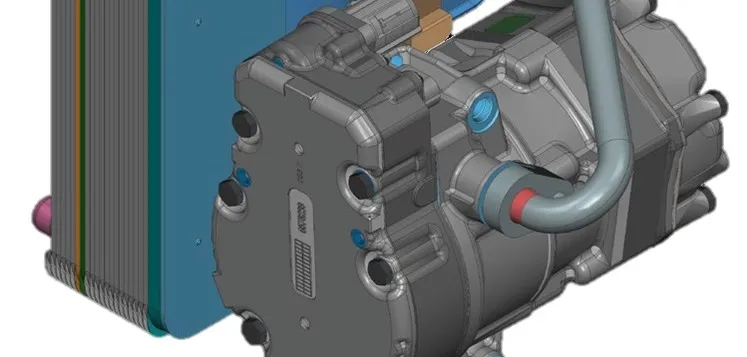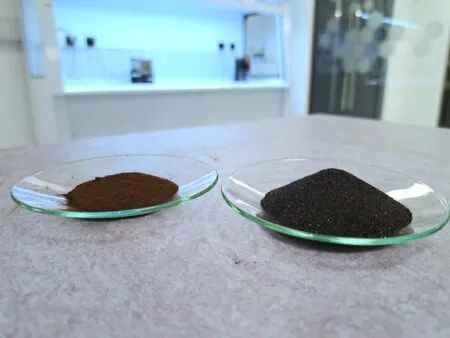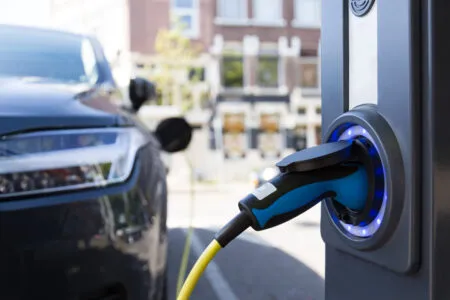Owners of electric vehicles will know that when it comes to wintertime, range can take a significant hit. One of the big causes of this is the use of directive resistive heating to heat the cabin as there is no waste heat from an engine to take advantage. However, a new heat pump has shown that it can reduce loss of range by up to 20%.
To reduce the load on the drive train battery, Mahle has developed a compact and economical Integrated Thermal System (ITS) that combines various thermal components into one system.
Central to its architecture is a semi-hermetic refrigerant circuit, comprising a chiller, a coolant-cooled condenser (i-condenser), a thermal expansion valve, and an electric drive compressor. The i-condenser and the chiller have the same function as the condenser and evaporator in a conventional refrigerant circuit. In this case, however, instead of exchanging heat with air, the refrigerant exchanges heat with the coolant, thus generating hot and cold coolant flows.
In field tests with a compact electric car, Mahle demonstrated that its ITS reduced the loss of cruising range, especially at cold ambient temperatures. The original vehicle used, equipped with conventional electric heating, started with a cruising range of 100km. When the vehicle was equipped with the ITS, the cruising range increased to 116km.
“With the ITS, we can improve cruising range by between 7 and 20%, depending on the design, which drastically reduces the loss of cruising range in wintertime in particular,” says Laurent Art, director advanced engineering thermal management at Mahle.





